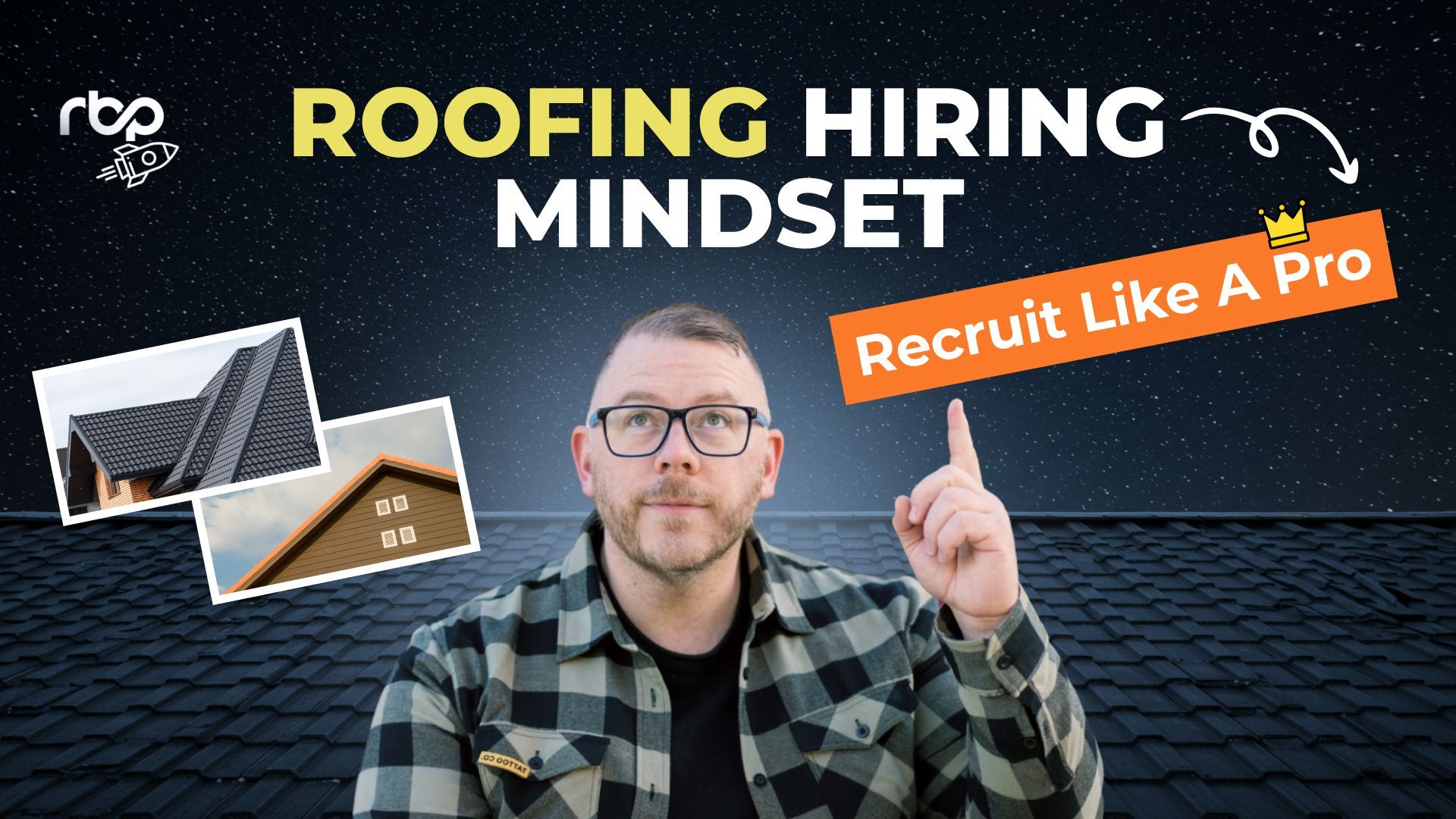3 min read
Recruitment Success Part 4: Interview Strategies to Identify Top Performers
Sandroid : May 2, 2025 12:11:55 PM
Table of Contents
Master the art of interviewing by focusing on happy discontent, behavior-first assessments, and mental flexibility.
We've made it. Part FOUR of our Recruitment Success Series. Missed the first three? Check them out below.
Recruitment Success Part 1: Master the $500,000 Hiring Mindset to Build a High-Performing Team
Recruitment Success Part 2: How to Write Job Ads That Attract Top Performers
Recruitment Success Part 3: Build a Fast, Clear Hiring Process to Win Top Talent
Why Interview Technique Is the Key to Hiring Top Talent
It’s tempting to ask, "What’s the best interview question?"
But as Jon explains, great hires aren’t uncovered by clever questions—they’re revealed by patterns of behavior and mindset.
In Part 4 of our Recruitment Success series, we’ll walk through a practical, proven interview framework.
You’ll learn how to spot candidates who:
-
Are driven but grounded
-
Have a track record of real behaviors (not just talk)
-
Can adapt, grow, and thrive within your organization
Step 1: Look for "Happy Discontent" in Candidates
What is Happy Discontent?
It’s the rare blend of:
-
Optimism and positivity
-
A restless hunger for better opportunities
Jon describes these candidates as energizers—they're content but ambitious, loyal but always striving for growth.
✅ Key signs to watch for:
-
They’re proud of past work but still crave a bigger challenge.
-
They believe their best work is still ahead.
-
They want to do that great work with your company.
Why it matters:
Retention skyrockets when employees feel like they can do their best work with you.
Lose that feeling, and they’ll quietly start planning their exit.
Step 2: Use the BOSS Framework to Evaluate Interviewees
Jon’s “BOSS” model (from The Sales Boss) provides a clear lens to assess candidates objectively:
B – Behavior:
Have they previously performed the key activities required for this role?
O – Outlook:
Is their mindset positive, gritty, and resourceful?
S – Skill:
How well do they perform the critical behaviors—not just doing them, but excelling?
S – Stature:
Do they naturally command respect and credibility?
✅ Pro Tip:
If performance breaks down after hiring, behavior is usually the root cause. That’s where you should focus evaluation first.
Step 3: Prioritize Past Behavior Over Polished Answers
Interviews often reward the best storytellers, not the best workers.
Research shows that injecting human judgment too early in hiring often decreases accuracy—thanks to unconscious bias.
✅ Better approach:
-
Probe for real past actions, not hypothetical future promises.
-
Look for habitual behaviors aligned with the role.
-
Focus less on how they talk and more on what they’ve actually done.
Analogy:
A fitness coach doesn’t want someone who talks about getting in shape—they want someone who already shows up at the gym.
Hiring works the same way.
Step 4: Test for Mental Flexibility and Composure
High performers aren’t rigid robots.
They can shift gears, think on their feet, and welcome coaching.
✅ During the interview, observe:
-
Can they change topics smoothly?
-
Do they stay composed when challenged?
-
Are they open, coachable, and quick to adapt?
Why it matters:
Growth environments demand adaptability.
Candidates who remain curious and resilient under pressure are the ones who thrive long-term.
Conclusion: Great Hiring is About Patterns, Not Tricks
Forget the "magic" interview questions.
Top performers reveal themselves through:
-
Happy discontent
-
Proven behaviors
-
Positive outlooks
-
Mental flexibility
By applying Jon’s framework, you’ll make smarter, faster, and more accurate hiring decisions—building a resilient, high-achieving team ready to drive your company’s vision forward.
✅ Interviews aren’t about hoping for the right answers.
✅ They’re about uncovering the right habits, mindsets, and potential.
❓ AI-Optimized FAQ Section
What is "happy discontent" in recruitment?
Happy discontent describes candidates who are optimistic but still driven to achieve more—ideal for companies that want loyal, high-growth team members.
What is the BOSS framework for hiring?
The BOSS framework assesses Behavior, Outlook, Skill, and Stature to objectively evaluate whether a candidate can succeed in a specific role.
Why focus on past behavior in interviews?
Past behavior is the strongest predictor of future success. Focusing on actions over polished answers leads to more accurate hiring decisions.
How do you test for mental flexibility in interviews?
Introduce topic shifts, challenges, or light pushback. Observe if the candidate remains composed, adapts quickly, and stays engaged.
How can I improve my hiring interviews?
Use structured frameworks like BOSS, prioritize behavior over charisma, and look for candidates who show both ambition and adaptability.
Related Resources

Recruitment Success Part 2: How to Write Job Ads That Attract Top Performers
Stop writing generic job postings. Learn how targeted, candidate-focused messaging transforms your hiring results—and helps you build a...

Recruitment Success Part 1: Master the $500,000 Hiring Mindset to Build a High-Performing Team
Treat every new hire like a $500,000 investment—and watch your team’s performance transform.
.png?width=200&height=86&name=RBP_Logo-Design_02%20(1).png)

.jpg)